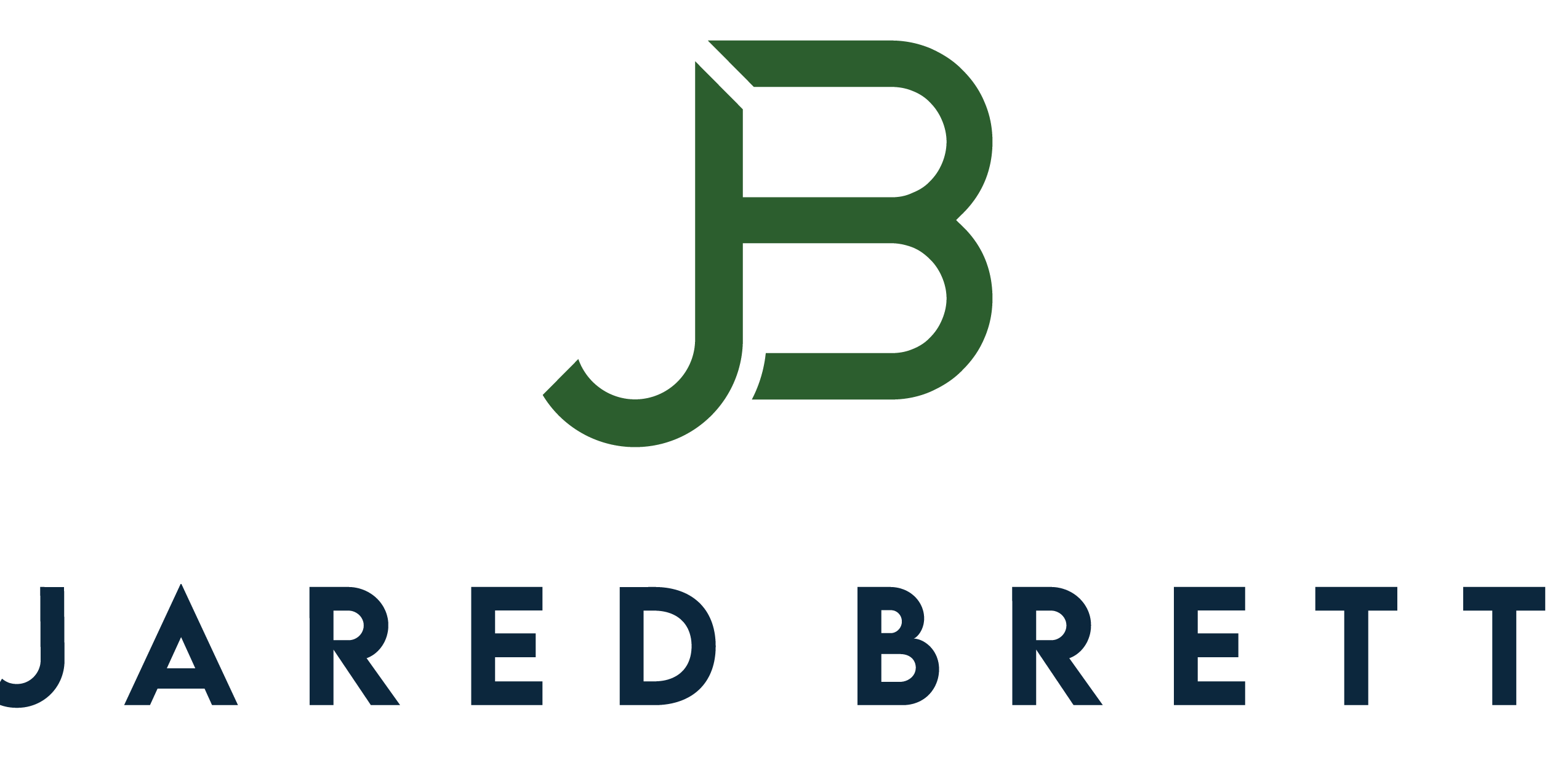Measure the success of a product to truly understand your clients and replicate that success in the future.
Think of a product launch as a rollercoaster ride. You’ve done the hard work: you’ve designed, built, and tested the coaster to make sure it’s going to be an exciting experience for your riders. Now comes the most important part: measuring the success of the ride.
When it comes to ride design, multiple factors can play into the overall success, including how fun it was, how likely people are to want to ride again, and how the theming was received. It’s the same with a new product.
Various strategies can tell you how successful you were—from analyzing user feedback and surveys to tracking key performance indicators (KPIs). Which you focus on depends on what counts as a success to you and your business.
Table of Contents
Common Issues with Success Measurement
Different Ways to Measure Success
Metric Three: Customer Satisfaction
Metric Four: Usage and Retention
Best Practices for Tracking Success
Why Measure Product Success?
Measuring the success of your product can help you understand how it’s performing, identify areas for improvement, and gain insights into customer satisfaction.
It also allows you to compare your product performance with competitors’ products and adjust accordingly. This is especially important if you want to stay ahead of the competition and keep customers coming back for more.
Engaging with your customers to acquire qualitative and quantitative data about the product can help build a rapport between them and your company. This will ultimately lead to more brand loyalty and can act as a starting point for user-driven innovation.
It’s impossible to know where you’re going if you don’t know where you are. Let’s return to our rollercoaster analogy. If you assume that your latest superhero-themed build was a hit because of how fast it went, you would understandably put effort into making an even faster coaster.
However, taking some time to engage with thrill seekers at your park might have revealed that they actually enjoyed the coaster theme. That effort would have been better served, leaning into the superhero theming, and bringing in other rides that coincide with it.
Knowing exactly how your company is doing and what customers think of it allows you and your team to make data-informed decisions as you move forward.
Common Issues with Success Measurement
When you start tracking the success of your products, you’re inevitably going to run into a few roadblocks. The best way to avoid problems down the road is to be aware of these issues before they lead you too far off the path.
Confirmation Bias
One of the most common issues is confirmation bias. This occurs when you focus solely on data that confirms your existing beliefs and ignore other data that may be more accurate or helpful in understanding your product’s performance.
It’s important to take a step back from time to time and look at all available information before concluding success. Getting hard data on multiple factors and accepting that data as fact can take practice, but it’s ultimately the only way to know exactly how well a product launch went.
Data Overload
Another issue is data overload, which happens when there is too much information to make sense of it all. When a company starts using data more extensively, it can become overwhelming. This is especially true if your team hasn’t been fully trained on data usage.
To avoid this, come up with specific criteria for measuring success and stick to them as best you can. This will help keep your analysis focused and your conclusions grounded in real data. It will also allow every member of your team to be fully engaged with the data-driven process.
Gathering Insights
Starting with a mix of qualitative and quantitative data makes analysis more difficult because they each require different handling. It can be helpful to talk with customers or industry experts who have experience in this area to better understand what information is most important.
Just like setting specific goals allows the data collected to be more succinct, it also allows the analysis to be as targeted as possible.
Different Ways to Measure Success
You’ll find that there are as many ways to measure the success of a product as there are products. Choosing the right one for you depends on your organization’s goals and the type of product you’re looking at.
If you’re hoping to find a metric that works for you, here are some examples:
Metric One: Sales
This one might seem obvious, but it’s worth mentioning. Sales is a straightforward metric that allows you to look at the number of units sold and the revenue generated by those sales.
This is a vital metric because it answers the ultimate question: are customers willing to pay for the product? To make sure you’re getting accurate data, it can be helpful to look at specific segments of sales and different customer types.
Additionally, you might want to look at other factors that could influence sales, such as promotions and discounts offered or changes in marketing campaigns. All these things together will help you get a better understanding of your overall performance.
Metric Two: Market Share
Another way to get a look at the success of your product is to track its market share. This is a great strategy to see how you measure up with your competitors.
You might use this metric if your company is in a highly competitive market or if your product is new and you want to gauge how it’s doing against the existing products.
Metric Three: Customer Satisfaction
This is where qualitative metrics start to come into play. Taking surveys, interviewing customers, or hosting focus groups can give you incredibly valuable insights into how your product is being received. Not only will you get feedback on things like design and usability, but it’s also an opportunity to learn more about how people are using the product.
This type of research can help inform future decisions and identify any areas that might need improvement. It’s also a great way to gauge customer loyalty and satisfaction over time.
Metric Four: Usage and Retention
Measuring how often the product is being used and for how long can give an understanding of the overall engagement with the product. If people aren’t using your product, or if they stop after a short time, this can be a sign that something is wrong.
It could be the product itself or how it’s presented to customers. Either way, usage/retention metrics will help you identify potential issues and make changes accordingly.
Metric Five: ROI
Return on Investment (ROI) is a great way to measure the success of any product. It allows you to compare the amount of money invested in the product to its overall returns, including sales and other forms of revenue.
This can be an especially useful metric when evaluating products that are not necessarily generating immediate profits but have more long-term potential for growth. It’s also helpful to flag when something has small returns but even smaller investments, making it a great place to focus.
Metric Six: Lifetime Value
Lifetime value (LTV) measures the total revenue a customer generates over their lifetime with your product. It’s important to look at because it helps you understand how much money is being made from each customer over time and if this number is increasing or decreasing.
If you’re looking at subscription-based products, this is vital, as customers tend to pay recurring fees over an extended period of time. This means that understanding LTV gives you insight into the sustainability of your business model.
These are just a few examples of the many metrics that can be used to measure the success of a product. The important thing is to choose the metrics that are most relevant to the product and the goals of the organization and to track them over time.
Best Practices for Tracking Success
Once you’ve decided on the metric that works best for your product, there are a few key things to remember.
Tip One: Accuracy
Make sure you have an accurate way of measuring your chosen metric. This could involve setting up tracking software or surveys to collect data from customers and other stakeholders.
Data is only helpful if it can be trusted. Having a clear data governance strategy in place is key.
Tip Two: Context
Different metrics may be more or less relevant depending on the individual product or industry. For example, if you’re selling a subscription service, then retention rates might be more important than sales numbers.
Tip Three: KPIs and OKRs
Knowing exactly what you’re working towards lets you know when you’ve achieved it. Having clearly defined KPIs and OKRs within your chosen metric keeps your team centered on a goal and lets you know when it’s time to celebrate.
Conclusion
Tracking success can often be overlooked by product managers, but it’s a vital piece of the puzzle that can carry you into the future.
Without insights into what’s working and why you can quickly find yourself in an empty theme park surrounded by supersonic coasters that no one wants to ride. Hopefully, having the context and metrics in this article helps keep your product launches on track.
Let me know in the comments below what metrics you use to measure success or what you’re hoping to try with your next product launch! I look forward to hearing from you.


